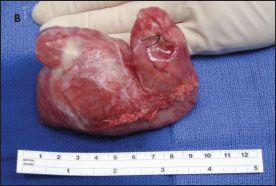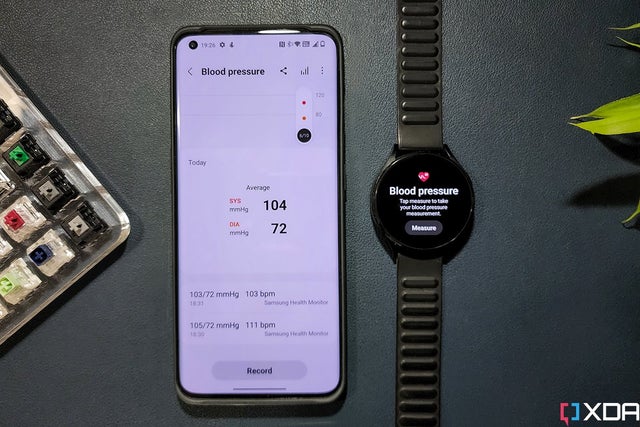Blood pressure is a measure of the force against the walls of your arteries as your heart pumps blood through your body. A normal blood pressure reading is less than 120/80 mmHg. 104/71 mmHg is a little lower than normal, but not something to worry about unless it becomes a consistent pattern or starts to […]
Tag: blood pressure
Blood Pressure 104/72
Your blood pressure is a measure of the force with which your heart pumps blood through your arteries. A reading of 104/72 indicates a healthy range for most people. However, if you have other health conditions, such as diabetes or high cholesterol, your ideal blood pressure may be lower. Maintaining a healthy blood pressure is […]
106/72 Blood Pressure
High blood pressure, or hypertension, is a condition in which the force of your blood against your artery walls is too high. Blood pressure is measured in millimeters of mercury (mmHg). Normal blood pressure is less than 120/80 mmHg. If your top number (systolic) is between 120 and 139, or your bottom number (diastolic) is […]


